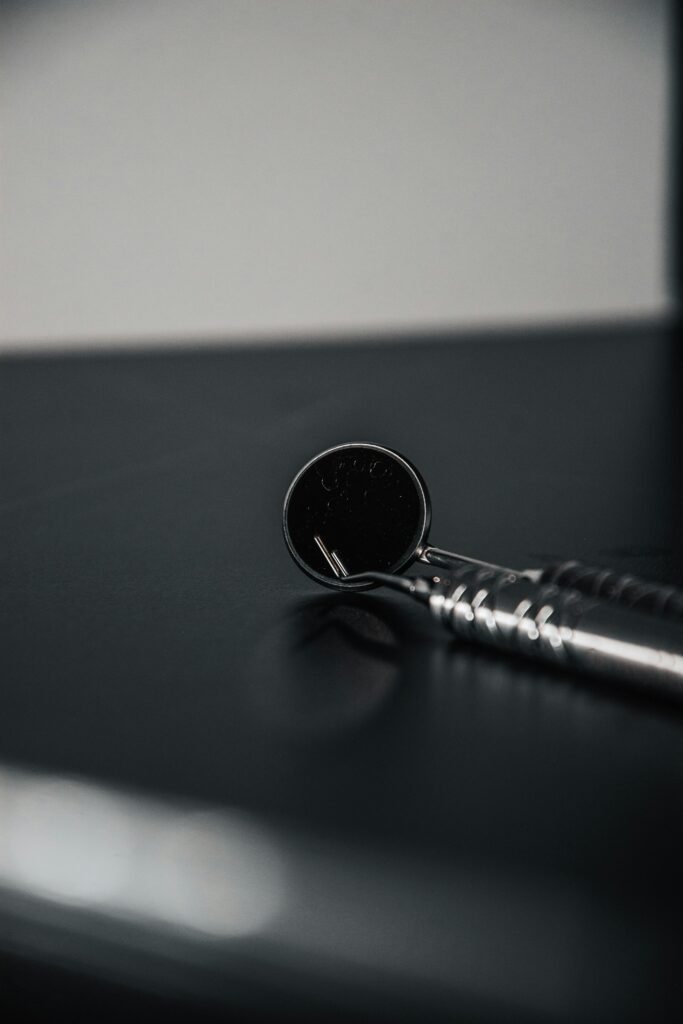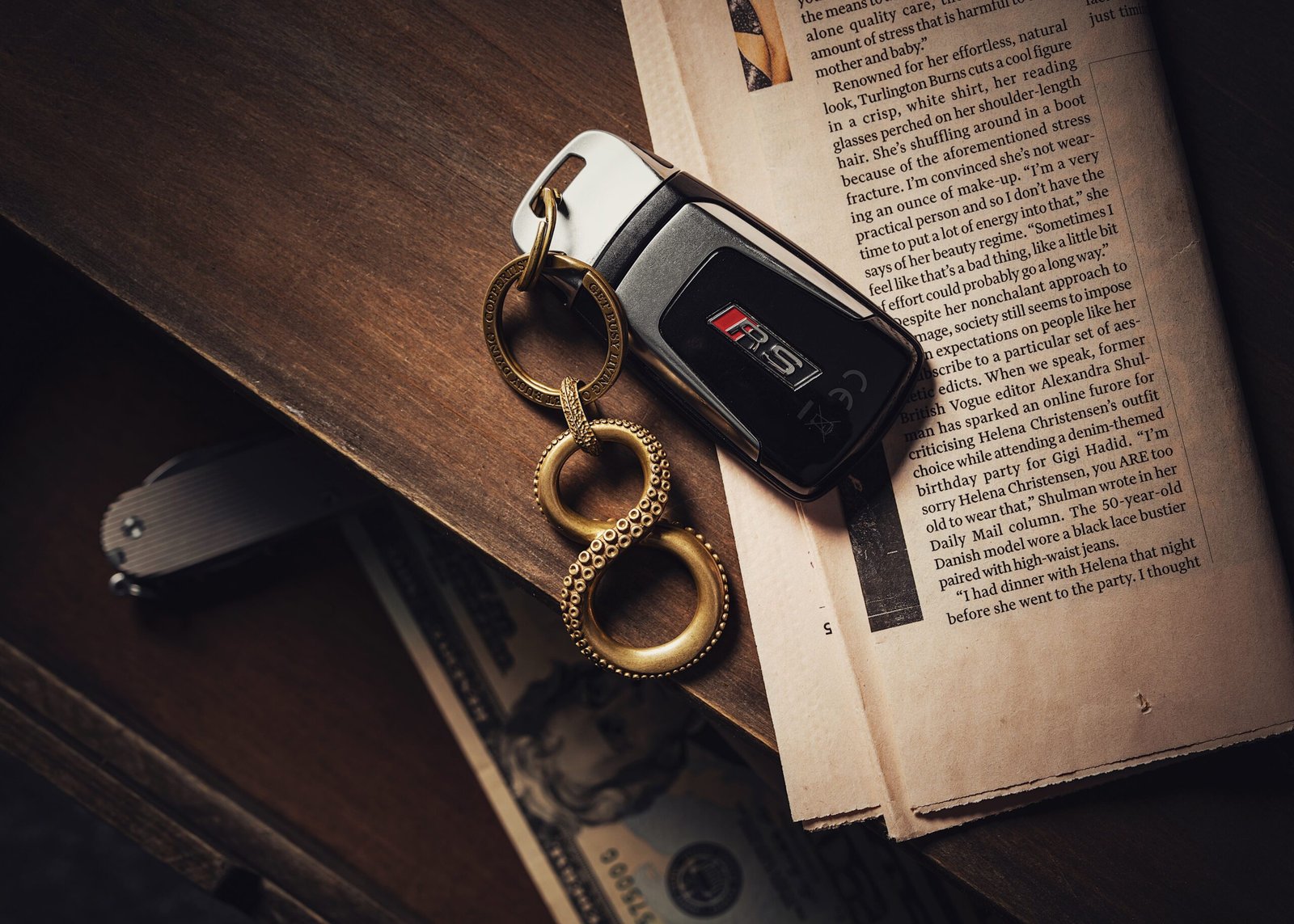If you’re a proud owner of a dirt bike, then you know how important it is to keep it running smoothly and in top condition. However, with the hustle and bustle of daily life, it can be easy to neglect regular maintenance. That’s why it’s essential to create a simple and effective maintenance schedule that will help you keep your dirt bike in tip-top shape. In this article, we’ll guide you through the process of creating a regular maintenance schedule for your dirt bike, ensuring that you can enjoy smooth rides and extended longevity for your beloved machine. So let’s get started!

This image is property of images.pexels.com.
1. Why Regular Maintenance is Important
Regular maintenance is crucial for keeping your dirt bike in optimal condition. By following a consistent maintenance schedule, you can experience increased performance, extended lifespan, and ensure your safety while riding.
1.1 Increased Performance
One of the main benefits of regular maintenance is the improved performance of your dirt bike. By regularly cleaning and inspecting various components, you can identify and address any issues before they become major problems. This includes tasks such as lubricating moving parts, checking tire pressure, and cleaning the air filter. When these tasks are performed regularly, your bike will run smoother, accelerate better, and handle more efficiently.
1.2 Extended Lifespan
Proper maintenance can significantly extend the lifespan of your dirt bike. By keeping all components in good working condition, you minimize the risk of major breakdowns and costly repairs. Regular maintenance helps prevent premature wear and tear on important parts such as the engine, suspension, and brakes. This ensures that your dirt bike stays operational and enjoyable for years to come.
1.3 Ensures Safety
Above all, regular maintenance ensures your safety while riding. By performing routine checks and inspections, you can identify any potential safety hazards before they lead to accidents or injuries. Tasks such as checking the brakes, inspecting the chain, and testing fluid levels are essential for maintaining the safety of your dirt bike. When it comes to your well-being, there’s no room for compromise.
2. Setting a Maintenance Schedule
To ensure that your dirt bike receives the necessary maintenance, it’s important to establish a regular schedule. This schedule will help you stay organized and consistent with maintaining your bike’s performance and longevity.
2.1 Consulting the Manufacturer’s Manual
The first step in setting a maintenance schedule is consulting the manufacturer’s manual for your specific dirt bike model. This manual will provide valuable information on recommended maintenance intervals and tasks. It will also outline any specific requirements for your bike’s maintenance, such as the type of oil to use or torque specifications for certain components. Follow these guidelines closely to ensure optimal performance and to avoid voiding any warranties.
2.2 Frequency of Maintenance
The frequency of maintenance tasks will depend on various factors, including the type of riding you do and the environmental conditions you encounter. However, a good rule of thumb is to perform daily maintenance tasks before each ride, weekly tasks at least once a week, monthly tasks once a month, and seasonal tasks before and after each riding season. This regular maintenance schedule will help you stay on top of the most critical tasks and keep your dirt bike in the best possible condition.
2.3 Choosing the Right Tools and Supplies
To effectively maintain your dirt bike, it’s important to have the right tools and supplies on hand. Some essential tools include wrenches, screwdrivers, a tire pressure gauge, and a chain cleaning brush. Additionally, you’ll need supplies such as lubricants, cleaning solutions, and replacement parts as needed. Investing in quality tools and using the proper supplies will make maintenance tasks easier and more efficient.
3. Daily Maintenance Tasks
Daily maintenance tasks are quick and easy, but they play a crucial role in keeping your dirt bike running smoothly and safely.
3.1 Cleaning and Inspection
Before each ride, take a few minutes to clean your dirt bike and perform a visual inspection. Use a mild soap and water solution to clean the exterior, ensuring you remove any dirt, mud, or debris that may have accumulated. Pay close attention to areas like the radiator fins, chain, and sprockets. During the cleaning process, keep an eye out for any signs of damage or wear that may require further attention.
3.2 Lubrication
Lubricating moving parts is essential for reducing friction and ensuring smooth operation. Before each ride, apply a suitable lubricant to the chain, pivot points, and any other parts that require lubrication. This will help prevent premature wear and tear, making your ride more enjoyable and prolonging the lifespan of your bike.
3.3 Tire Pressure Check
Proper tire pressure is crucial for optimal handling and safety. Before each ride, check the tire pressure using a tire pressure gauge. Refer to the manufacturer’s recommendations for the correct pressure, as it may vary depending on the type of riding you do. Adjust the tire pressure as needed using a suitable air compressor or pump to ensure optimal performance and grip.
4. Weekly Maintenance Tasks
In addition to daily maintenance tasks, weekly tasks are important for addressing specific components that require more frequent attention.
4.1 Chain Inspection
The chain is a vital component of your dirt bike, and inspecting it regularly can help prevent major issues down the line. Check the chain tension and ensure it is within the manufacturer’s recommended specifications. Also, inspect the chain for any signs of damage, such as loose or broken links. Lubricate the chain if necessary, using a suitable chain lubricant to reduce friction and prolong its lifespan.
4.2 Air Filter Cleaning
The air filter plays a crucial role in preventing dirt and debris from entering the engine. Over time, the filter can become clogged, affecting the bike’s performance. Once a week, remove the air filter and inspect it for any signs of dirt or damage. Clean or replace the air filter as necessary to ensure proper airflow to the engine.
4.3 Throttle and Clutch Adjustment
To ensure smooth operation and optimal control, it’s important to regularly check the throttle and clutch adjustments. Make sure the throttle cable is properly adjusted to provide a smooth and responsive throttle response. Similarly, ensure the clutch cable is adjusted to engage and disengage smoothly, without excessive play or slipping. These adjustments will help you maintain precise control over your dirt bike during rides.

This image is property of images.pexels.com.
5. Monthly Maintenance Tasks
Monthly maintenance tasks delve deeper into the inner workings of your dirt bike and should be performed at least once a month.
5.1 Spark Plug Replacement
The spark plug is responsible for igniting the air-fuel mixture in the engine’s combustion chamber. Over time, it can become worn or fouled, resulting in poor engine performance. Once a month, remove and inspect the spark plug. If it shows signs of wear or fouling, replace it with a new one according to the manufacturer’s specifications. This will ensure optimal engine performance and fuel efficiency.
5.2 Suspension Check
Proper suspension is vital for a comfortable and controlled ride. Monthly, inspect the suspension components, including forks, shocks, and linkage. Look for any signs of leaks, damage, or excessive wear. If necessary, consult the manufacturer’s manual for recommended maintenance or adjustment procedures. Ensuring your suspension is in good condition will result in improved handling and a more enjoyable ride.
5.3 Brake Inspection
The brakes are crucial for your safety, and monthly inspections are essential for maintaining their performance. Inspect the brake pads for wear and replace them if they are worn beyond the manufacturer’s specifications. Also, check the brake fluid levels and top them up if necessary. Finally, ensure the brake system is functioning properly by testing the brakes before each ride. This thorough brake inspection will help prevent brake failure and ensure your safety on the trails.
6. Seasonal Maintenance Tasks
Seasonal maintenance tasks focus on specific components that require attention before and after each riding season.
6.1 Carburetor Cleaning
The carburetor is responsible for mixing air and fuel in the engine. Over time, it can become clogged with dirt and debris, affecting the bike’s performance. At the end of each riding season, remove and clean the carburetor following the manufacturer’s instructions. This will ensure optimal fuel delivery and performance when you start riding again.
6.2 Cooling System Inspection
The cooling system helps regulate the engine temperature, preventing overheating and potential damage. Before and after each riding season, inspect the cooling system components, including the radiator, hoses, and coolant levels. Look for any signs of leaks, damage, or corrosion. Clean the radiator fins if necessary to ensure proper airflow. Additionally, check the coolant levels and top them up or replace the coolant as recommended by the manufacturer.
6.3 Exhaust System Maintenance
The exhaust system plays a crucial role in directing exhaust gases away from the engine and minimizing noise levels. Before and after each riding season, inspect the exhaust system for any signs of damage, leaks, or excessive rust. Clean the exhaust components and tighten any loose bolts or fasteners. A well-maintained exhaust system will enhance your bike’s performance and ensure compliance with noise regulations.

This image is property of images.pexels.com.
7. Pre-Race Inspection
Before participating in a race or any intense riding activity, it’s essential to perform a thorough inspection to ensure your dirt bike is in top condition.
7.1 Check Fluid Levels
Inspect all fluid levels, including engine oil, coolant, and brake fluid. Top up or replace fluids as necessary, following the manufacturer’s recommendations. Ensuring adequate fluid levels will prevent overheating, accidents due to brake failure, and engine damage.
7.2 Test Brakes
Perform a complete brake test, ensuring they engage smoothly and provide adequate stopping power. Check for any signs of excessive wear or damage to the brake pads or discs. Make any necessary adjustments or replacements before participating in any race or high-speed riding activities.
7.3 Inspect Chain and Sprockets
Carefully inspect the chain and sprockets for any signs of damage, wear, or misalignment. Ensure the chain tension is correct and adjust it if necessary. Lubricate the chain with a suitable chain lubricant to reduce friction. A well-maintained chain and sprocket system will provide optimal power transfer and help prevent accidents caused by chain failure.
8. Maintenance Tips and Tricks
In addition to following a regular maintenance schedule, these tips and tricks can help you keep your dirt bike in excellent condition.
8.1 Keep a Maintenance Log
Maintaining a detailed log of all maintenance tasks performed on your dirt bike is beneficial for several reasons. It helps you track when each task was last completed, ensuring you stay on schedule. Additionally, it provides a valuable record of maintenance history, which can be helpful when selling your bike or seeking warranty claims. A maintenance log also allows you to identify any recurring issues or patterns that may require further attention.
8.2 Use Genuine Parts and Accessories
When replacing parts or adding accessories to your dirt bike, always opt for genuine manufacturer parts. Genuine parts are specifically designed for your bike, ensuring proper fit and compatibility. They are made to the highest quality standards, guaranteeing optimal performance and longevity. Using genuine parts and accessories not only enhances your bike’s performance but also minimizes the risk of malfunctions and accidents.
8.3 Store the Bike Properly
When your dirt bike is not in use, proper storage is crucial for preventing damage and maintaining its condition. Store your bike in a dry and well-ventilated area, away from extreme temperatures, sunlight, and moisture. It’s also advisable to use a bike cover to protect it from dust and debris. Additionally, periodically starting the bike and allowing it to idle for a few minutes promotes lubrication and prevents fuel system issues.
9. Troubleshooting Common Issues
Despite regular maintenance, you may encounter some common issues with your dirt bike. Here’s how to troubleshoot and resolve them.
9.1 Engine Starting Problems
If your dirt bike has trouble starting, begin by checking the battery connections and charge level. Ensure the kill switch is in the correct position, and the ignition switch is turned on. If the battery is charged and the connections are secure, inspect the spark plug and clean or replace it if necessary. If these steps don’t resolve the issue, consult a professional for further troubleshooting or repairs.
9.2 Poor Performance
If you notice a decrease in your bike’s performance, start by checking the air filter for dirt or clogs. Clean or replace the air filter as needed. Inspect the fuel filter and lines for any blockages or leaks. Check the fuel mixture or adjust the carburetor if necessary. Poor performance may also be caused by a worn chain or sprockets, so inspect and replace them as needed. If the issue persists, seek professional assistance to diagnose and address the underlying cause.
9.3 Strange Noises
Unusual noises coming from your dirt bike can indicate underlying issues. If you hear knocking or rattling noises, check for loose bolts or fasteners. Inspect the exhaust system for leaks or damage. Strange noises may also be caused by worn-out bearings or bushings, so examine these components and replace them if needed. If you’re unable to identify the source of the noise or if it persists, consult a professional to avoid further damage.
10. When to Seek Professional Help
While regular maintenance can address most issues, there are situations where professional assistance is necessary.
10.1 Complex Repairs
If you encounter complex repairs, such as engine rebuilds or transmission issues, it’s best to seek the expertise of a professional mechanic. These repairs require specialized knowledge and tools, and attempting them without experience can lead to further damage or safety hazards.
10.2 Lack of Technical Expertise
If you’re unsure about performing certain maintenance tasks or lack the technical knowledge required, it’s advisable to consult a professional. They can guide you through the process and ensure that the maintenance is performed correctly, minimizing the risk of mistakes or accidents.
10.3 Major Incidents
If your dirt bike has been involved in a major accident or sustained significant damage, it’s crucial to have it inspected by a professional. They can assess the extent of the damage and recommend necessary repairs or replacements. Riding a damaged bike can lead to further breakdowns or safety hazards.
By following a regular maintenance schedule and adhering to these tips, you can keep your dirt bike in optimal condition. Regular maintenance not only improves performance and extends the lifespan of your bike but also ensures your safety while riding. So, make maintenance a priority and enjoy the thrill of riding your dirt bike for years to come!
